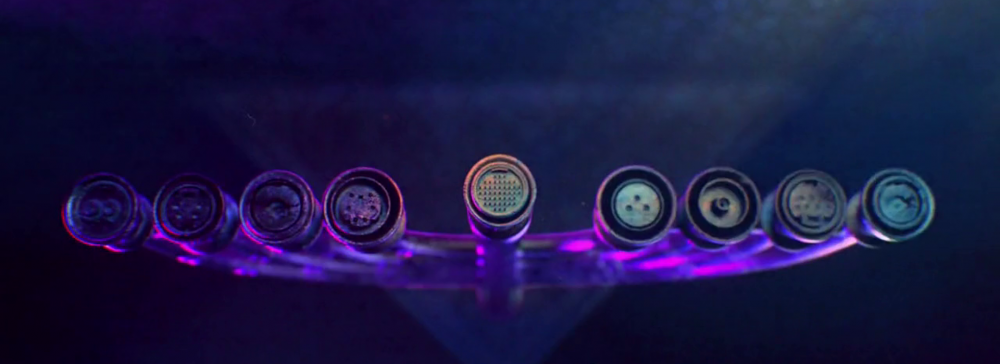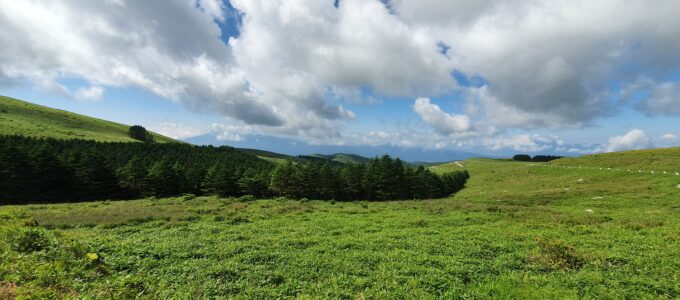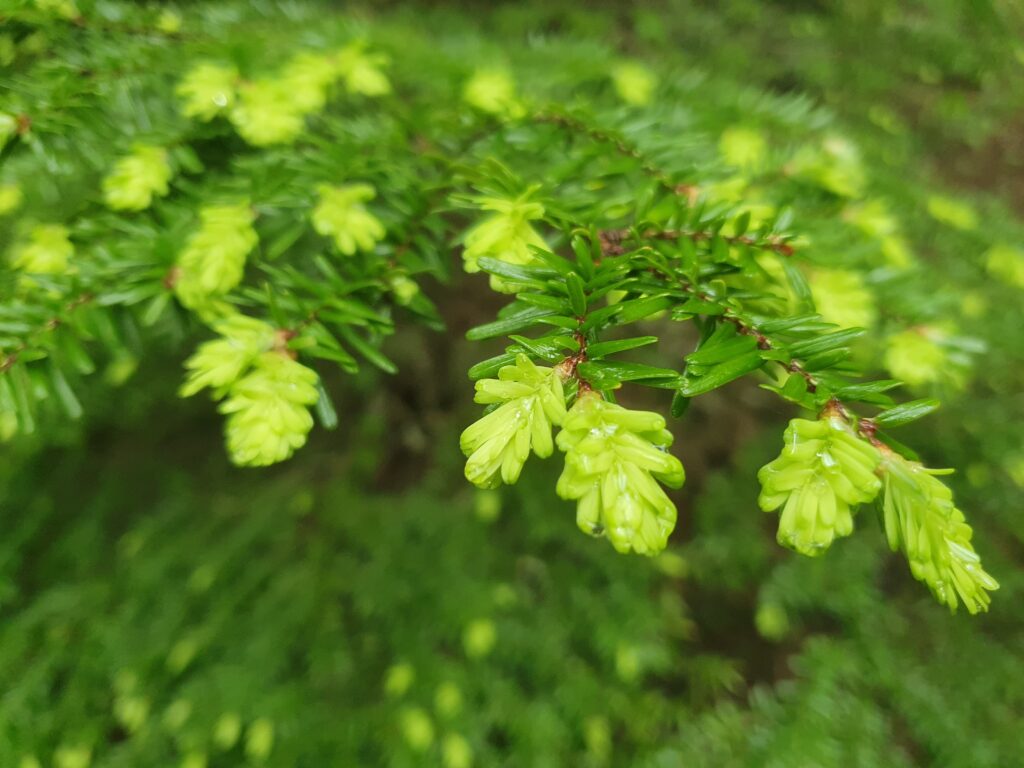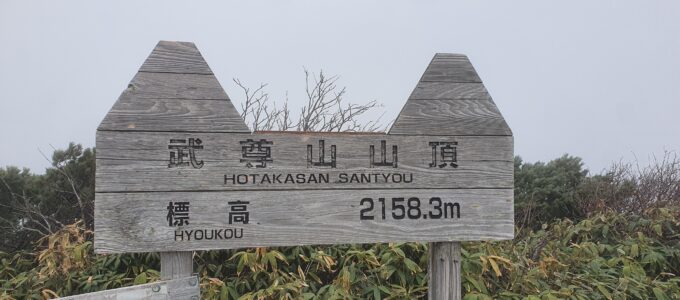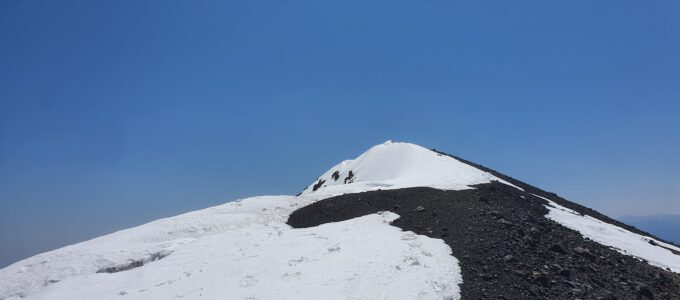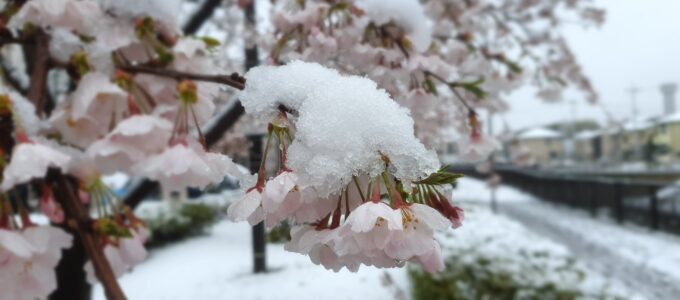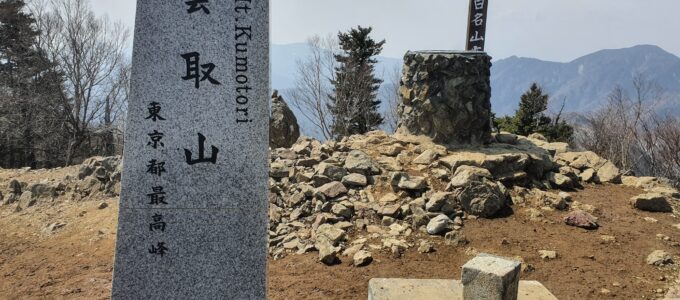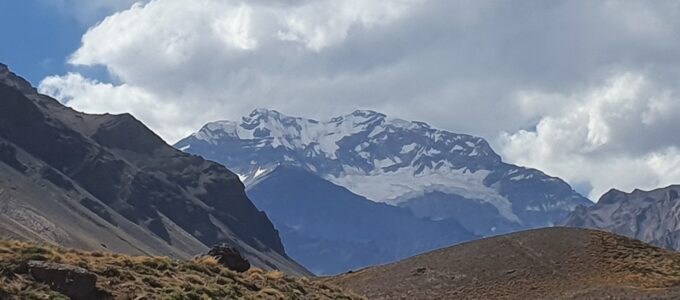Alas this isn’t about seeing Avatar live, though I’d definitely love that too (not with the virus though, not anytime soon). This is, on the other hand about climbing three of the Hundred Famous Japanese Mountains in the Northern Alps – and one of them is called Washiba-dake, which would be “wings of the eagle.”
Kirigamine és Tateshina
Kirigamine és Tateshina két “kisebb” hegy a Yatsugatake környékén (aminek a főcsúcsa az Akadake). Odajutni Tokióból három-négy óra, bár megmászni egyiket se telik túl sok időbe. Ezért kitaláltam, hogy ha már úgyis “ráérek” így a vírus alatt, akár rá is szánhatok egy hétvégét erre. Szerencsére találtam egy kempinget, ahol (pár horkoló részeg és néhány szúnyog kivételével) nyugodtan és olcsón tudtam éjszakázni. Plusz autóval voltam, úgyhogy nem számított, ha kicsit nehéz a sátor.
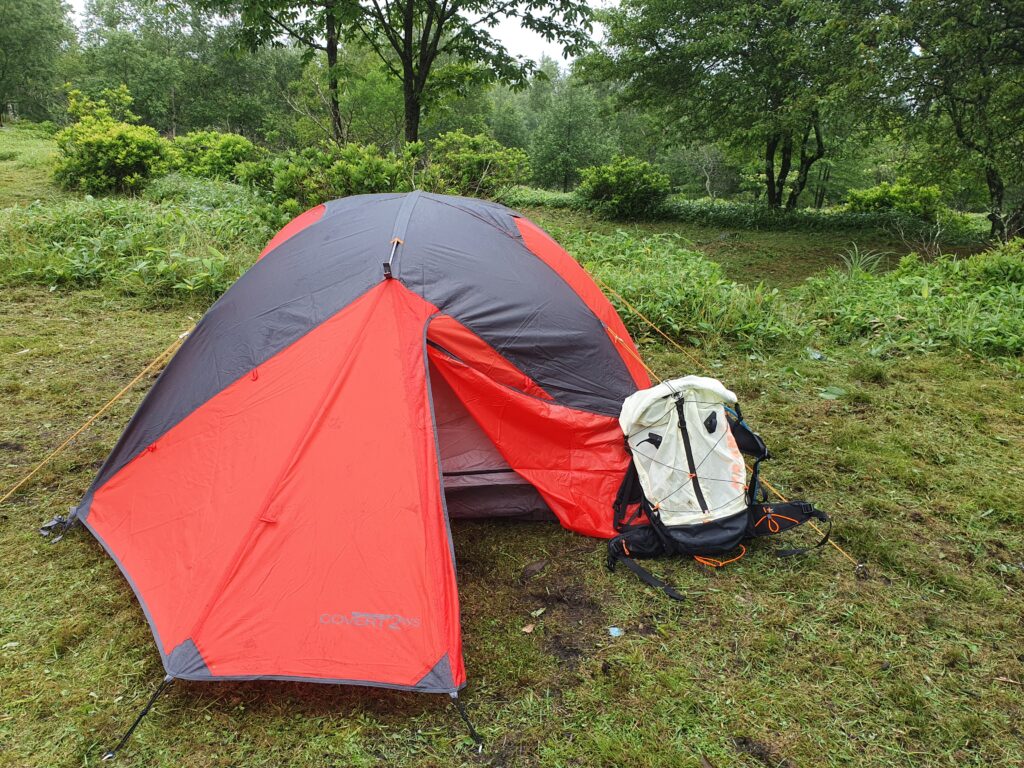
Iced to Electron
I got really frustrated by GitKraken. I’ve been using it for years now both for work and for hobby projects without much to complain about really. Then again I’m not a heavy git user: mostly I just commit and push, only occasionally squashing or cherry picking. I don’t even remember when was the last time I needed a rebase, but it wasn’t yesterday.
However recently GitKraken started having these weird problems with my work repositories. These can get pretty big (by my standards) with tons of branches getting pushed to in parallel (and in the early days some very large blobs got checked in too). Because the branches move really quick it’s important that I can keep my own up to date by merging the head branch back.
武尊山其の弐
1月の頭にすでに一回武尊山行ったことあるが、その時は雪山登山の予定が吹雪に阻止された。コロナで自宅待機するのも飽きて車借りてもう一回挑戦しに行ってきた。結果から発表すると、今回は無事山頂に立てた。
GitOps and Kubernetes persistence
A while back I wrote about bootstrapping a Kubernetes cluster. I’ve been refining the setup so that it requires as little manual kubectl‘ing as possible. I still use ArgoCD to get everything rolling, and there is one bit that kept going red: persistent volumes.

Asama!
I got really fed up with sitting at home because of covid. So instead I rented a car and went for a snowy hike where I wouldn’t be likely to run into people: Mt Asama, an active volcano. In fact I only ran into 1-2 people on the way.
Tavaszi hó
Milyen jó is az, amikor télen próbálnék síelni menni, és minden sípálya félig-meddig üzemel csak, mert “meleg a tél” és “alig van hó”. Először egy félprofi panaszkodott erről a Hotaka síliftjén, aztán amikor Nozawára mentem, hogy akkor megtanulok sífutni, minden sífutás órát lemondtak a szezonra, mondván nincs elég hó. Utána a Nishi-Hotaka oldalában is kérdéses volt, hogy tudunk-e hótalpas túrázni (bár az végül sikerült).
Return to Kumotori
While other countries have pretty harsh lockdown rules (from what I hear on the news), Japan is pretty lax about that. While commuting to work by train is discouraged, I figured going up in the mountains (where there are hardly any people) it can’t hurt, right?
Training for Aconcagua
After Elbrus and Kilimanjaro, I knew I can’t take Aconcagua lightly. At almost 7000m it’s the highest mountain outside of Asia and thus the second highest of the Seven Summits. Working full time, the time I had available for training was very limited. This was before covid hit either, so I actually had to commute to the office too, which is about an hour one way. So what can the man do if he only has so many hours in the day and he needs some sleep too, but training has to be done for Aconcagua?
-
Recent Posts
Tags
ale anime art beer blog clojure code coffee deutsch emo english fansub fest filozófia food gaming gastrovale geek hegymász jlc kaja kubernetes kultúra language literature live magyar movie másnap politika rant sport suli szolgálati közlemény travel társadalom ubuntu university weather work zene 日本 日本語 百名山 軽音-
Recent Posts
Tags
ale anime art beer blog clojure code coffee deutsch emo english fansub fest filozófia food gaming gastrovale geek hegymász jlc kaja kubernetes kultúra language literature live magyar movie másnap politika rant sport suli szolgálati közlemény travel társadalom ubuntu university weather work zene 日本 日本語 百名山 軽音 七大陸最高峰チャレンジ
七大陸最高峰チャレンジ
